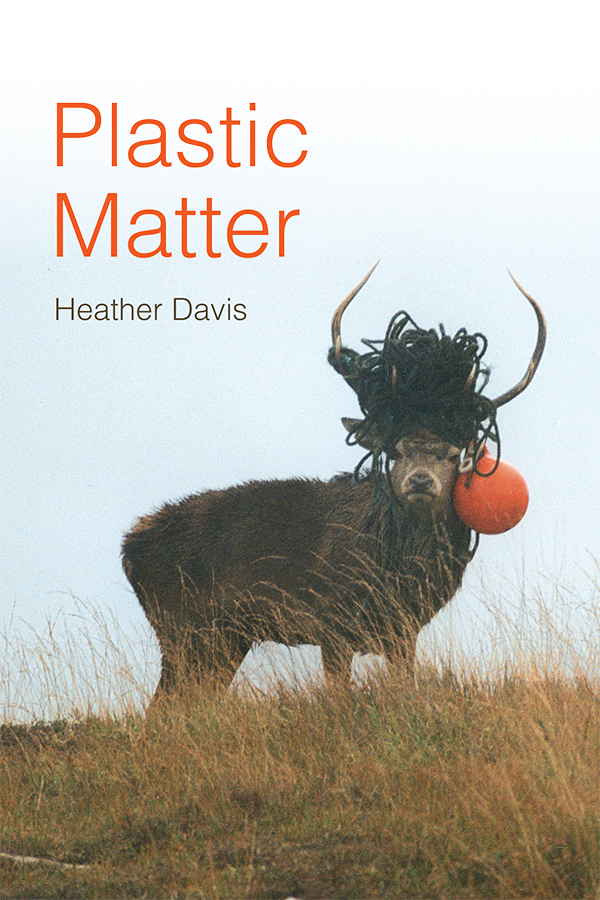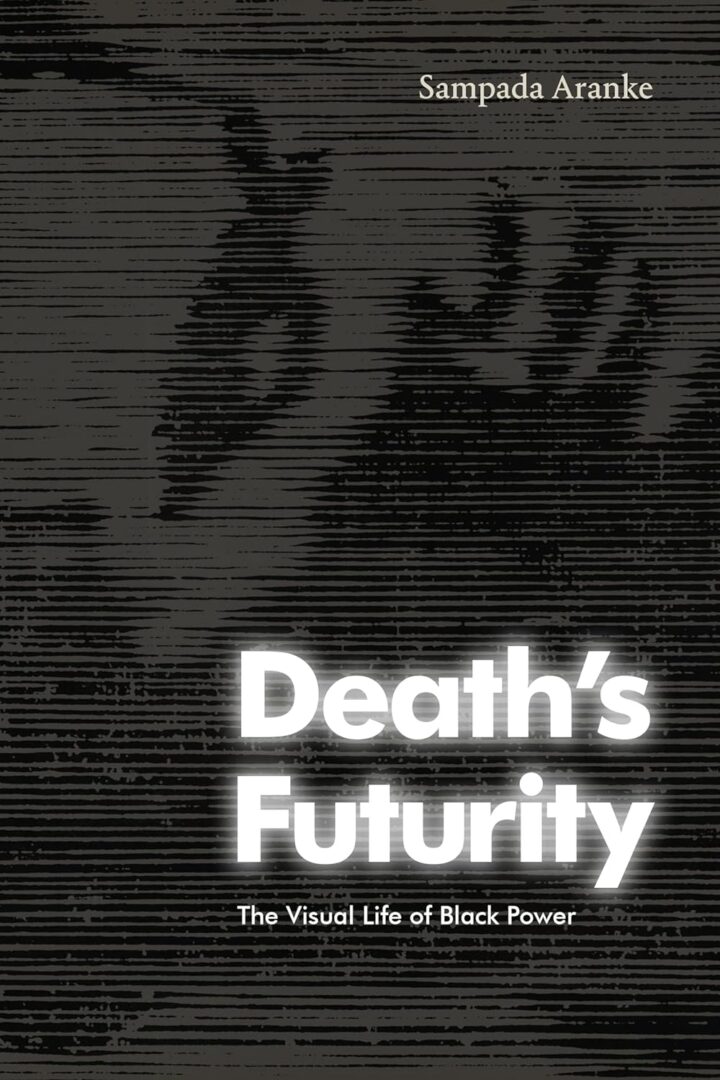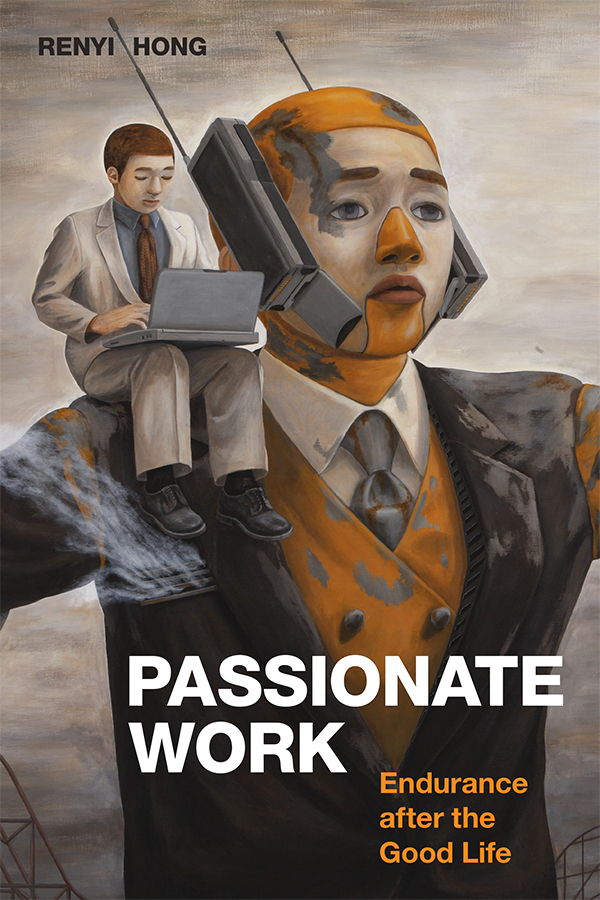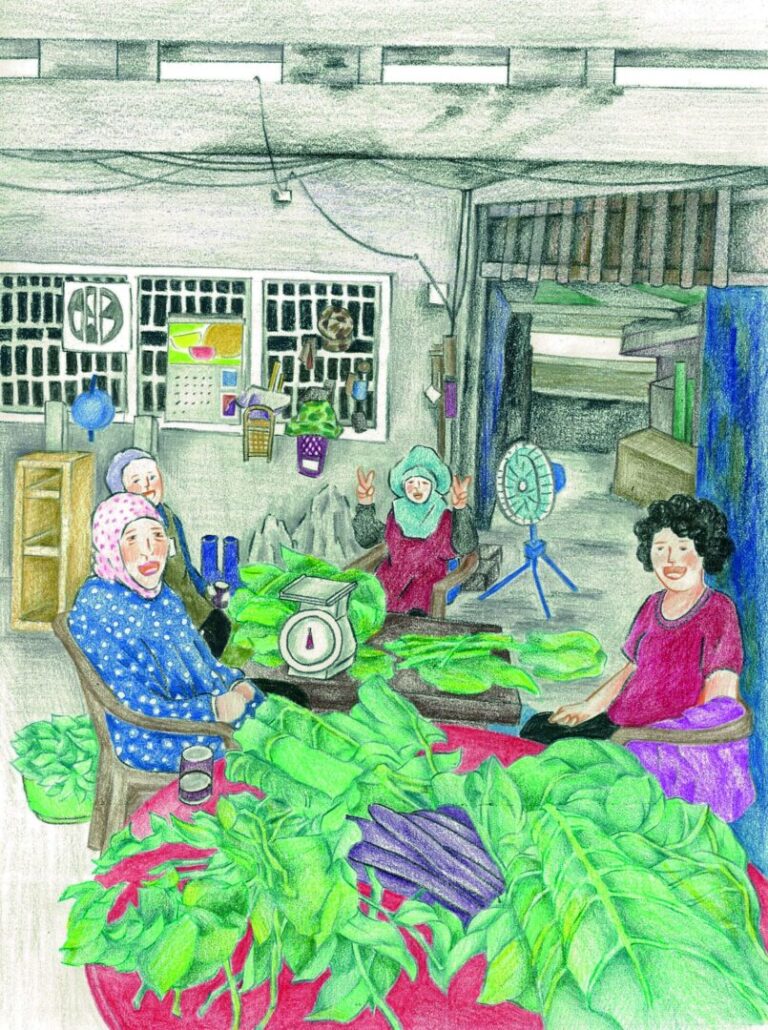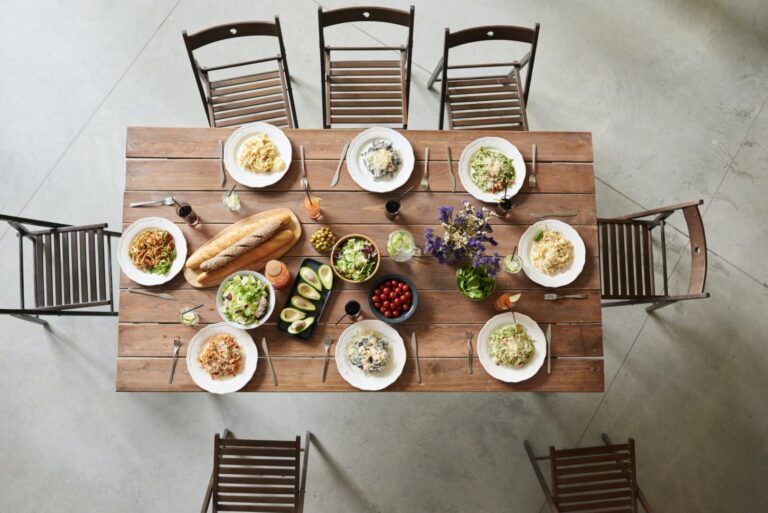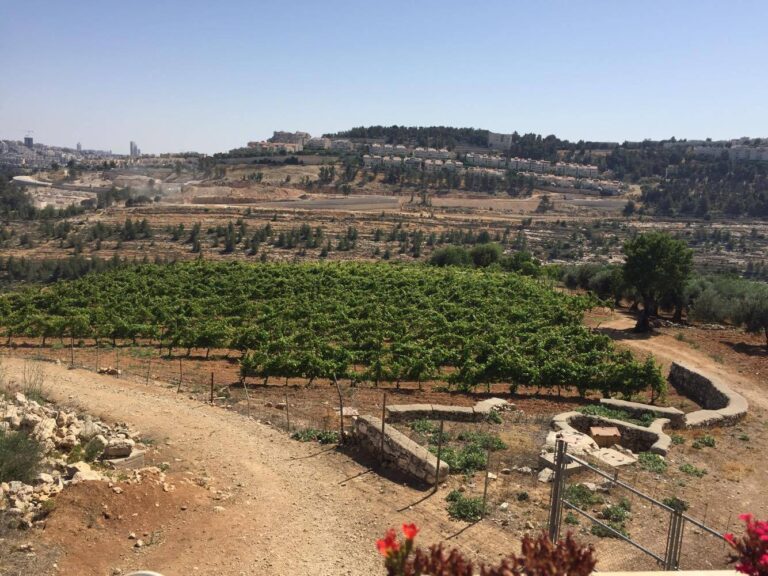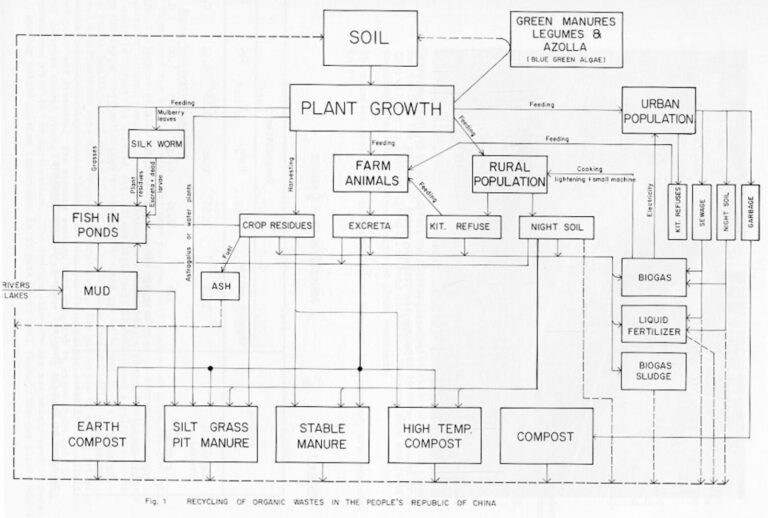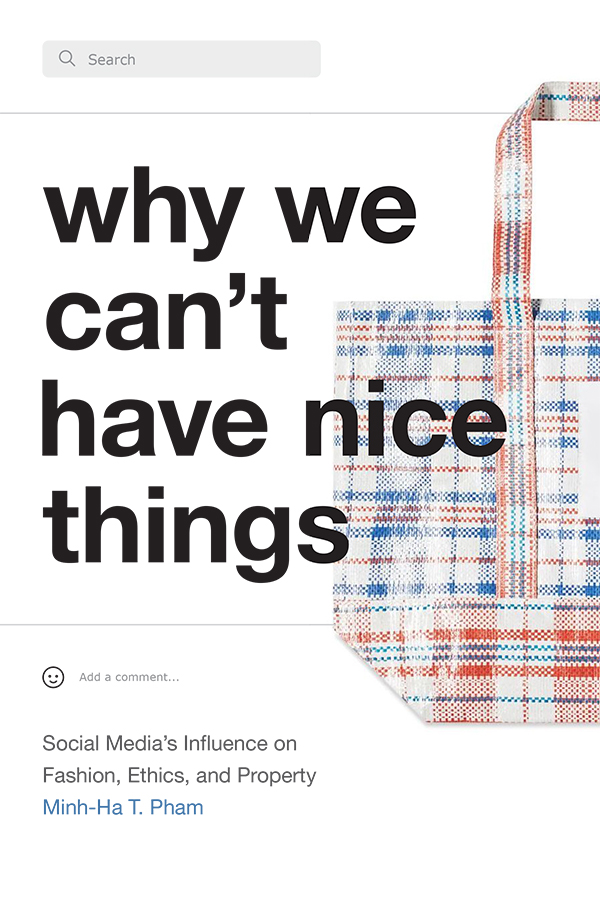Recent calls to “defund the police” have seen a plethora of movements decry state funds allocated to the police and ask that those funds be placed elsewhere. In this article, we return to Michel Foucault to analyze how calls for rebalancing budgets away from the police force and towards social projects both rely on political categories established in Foucault’s work and encapsulates an aporia that emerges through them. Locating shifts towards the carceral in the context of European modernity, Foucault suggests that policing moves away from the spectacular torture and punishment of sovereign and state and towards technologies of power that proliferate across the social body. Here, we suggest that in this movement between sovereignty and power emerges a central tension that Foucault is incapable of resolving—between an exteriorized sovereignty (death) that necessarily appears at the extreme limits of power (life)—which threatens to destabilize the domain of power altogether. Race—as it appears in the European frame and reaching a zenith in Nazi Germany—encapsulates Foucault’s attempted mitigation. If anything, this exacerbates the problem by rendering the terms of inclusion in the domain of power (of making life live) incoherent. To see why, we go on to show how freedom from racial slavery—as space of incapacity—is the conduit through which entry is possible into the differentiated power that supposedly limits the social. But as such, the slave precisely indexes the aporia for Foucault that cannot be sutured. The implications of this can be seen in the calls to defund the police insofar as it implicitly repeats Foucault’s shift from police to social power.
Issues
Review of Plastic Matter by Heather Davis (Duke University Press)
Heather Davis’s Plastic Matter sheds light on the implications of plastic’s synthetic universality, inviting readers to reflect critically on their relationship with plastic material and also with matter more generally. She outlines concepts such as plasticity and globalized unlocality, arguing that plastic’s ability to take on various forms contribute to ecological disruptions, biological harms, and social inequalities. Davis highlights how plastic is an everyday, ubiquitous material whose harms are unevenly displaced with regards to race, sex, and class; for example, as waste that is continually dumped on the global South. She further details how the systems designed to handle plastic’s excesses cannot contain it, leading it to swell out and impact more communities, human and beyond. The book critiques dominant narratives of plastic as an ideal of Enlightenment progress, while emphasizing the complexity of plastic and the ambiguity of its role and our relations with it. But Davis also argues that thinking with plastic invites queer relationships with new kin. Davis thus encourages readers to think beyond plastic’s simple ubiquity and to challenge the apparent plasticity of matter.
Review of Feels Right: Black Queer Women and the Politics of Partying in Chicago by Kemi Adeyemi (Duke University Press)
Following the movements of Black queer women on queer dance floors in Chicago, Kemi Adeyemi shows how race, feeling, and the geography of the neoliberal city are spatially entangled. Black queer women’s moves on the dance floor reveal, navigate, bend, and upset those entanglements that overdetermine their rights to feel, to belong, and to take place in the city. Black queer women do not dance to escape the realities of their everyday lives. Rather, they dance for moments where they can collectively reimagine, redefine, and reclaim their rights to feel good, their rights to take place in the neighborhoods where they are not “supposed to” take place, and ultimately, their rights to the city.
Review of Death’s Futurity: The Visual Life of Black Power by Sampada Aranke (Duke University Press)
Sampada Aranke’s Death’s Futurity: The Visual Life of Black Power begins by insisting on the importance of visual culture to the Black Panther Party’s platform before exploring the Party’s use of political posters, flyers, magazine covers, a documentary, and other ephemera to mobilize community members in the wake of the state’s murder of Bobby Hutton, Fred Hampton, and George Jackson. In doing so, Aranke argues that the BPP “transformed these state-sanctioned murders into opportunities to engage political action” (2). Cautiously navigating the speculative and often violent nature of the archive when it comes to Black life and death, Aranke draws on the work of theorists like Saidiya Hartman and Christina Sharpe to balance storytelling with first-person narratives, archival coverage, and political theory from the era. Throughout, Aranke centers the importance of fugitivity and futurity to the Black Panther Party, which suggests a deep connection between the Black power movement and the prison abolition movement. Indeed, toward the end of Death’s Futurity, Aranke argues that these “spectacularized murders mark a transition from Black Power to prison abolition.” While I hoped for a more robust discussion of the transition between these intimately linked movements, Aranke’s Death’s Futurity nonetheless offers a critical exploration of the use of visual culture in revolutionary movements.
Review of Passionate Work: Endurance After the Good Life by Renyi Hong (Duke University Press)
In Passionate Work, Hong argues that passion at work is an affective structure perpetuated by capitalism to maintain its injustices and discipline workers. Examining historical managerial texts and ideology, career guides, social scientific work on unemployment, networking advice, software protocol, and office furniture, Hong shows how these are sites where discourses of passion are embedded, used to sustain and discipline bodies for work. The book draws attention to how the demand to be “passionate about work” is naturalized and internalized, calling attention to the ways that passion serves to obscure inequalities.
Introduction – Feeding the Civic Imagination
Food is a powerful entry point into the civic imagination—i.e., the capacity to imagine alternatives to current cultural, social, political, or economic conditions, the social process of which fosters a shared vision for collective action. As an essential material component of human life, food exists as an extremely mundane and dynamic aspect of our everyday personal and social experiences; our relationship with food is intertwined with issues of privilege, access, representation, language, ethnicity, and the materiality of culture. This forum explores diverse intersections between food and civic imagination, with topics ranging from shared memories, local (re-)imaginations, history and civic action, and private-public translations. The forum discusses how food sustains, nourishes, and connects individuals and their communities by delving into both their presence—e.g., acquiring and preparing ingredients, cooking meals, sharing or selling foods—and absence—e.g., hunger and human waste in food ecology. Articles in this collection demonstrate that the civic imagination is not only fed in dining rooms and kitchens but also in less conventionally thought-of contexts, such as digital spaces, toilets, and forums such as ours. They urge us to engage with food in new imaginative ways, fostering and bridging conversations: one cannot change the world unless one can imagine what a better world might look like, and one must explore together to navigate and actualize the imaginative possibilities.
“A Pinch of Imagination”
There is a rise in events connecting people to food, the sources of food, and the materiality of food––including all its affective and sensorial qualities. We have found that this not only translates into food politics but into a wide array of power dynamics surrounding food that connect our past to our imagined/desired futures, especially as we engage with conversations that become nodes that facilitate connections across cultures. The connection lies beyond the ingredients but in the affective agency within them and their relationship to each other. We focus on how we connect through the ingredients, how we measure them, and how they exist in relation to one another, as ingredients strengthen the affective connection with food materiality, as we feel the textures and tastes in order to know if you put the right quantity. Our proposal is a provocation of how transnational creative practices are produced and translated through a cocreated recipe whereby talking through a common recipe (and how that recipe came to be) we disclose and imagine glocal similarities between Mexican food and Palestinian food.
From Housewives to Homemakers: Civic Engagement, Imagination, and Déjà Vu in Taiwan
In a democratic country like Taiwan, civic participation generally takes place everywhere and every day in various forms, such as petitioning, community building, and protesting, and it is too mundane to be noted. Not until the moment of crisis could the energy it has harbored be seen. COVID-19 undoubtedly is a challenge for all humans in the world. Misfortune as it was, this state of exception presented people with resilience and creativity to assist one another. Starting from an incident of “veg boxes” during the pandemic, this article tries to connect the optimistic view toward social changes with its possible model. By linking Homemakers United Foundation, a local organization closely related to food and environmental issues, and its development to the history of nation-building, this article also discusses what kind of civic imagination has been deployed and its connection with history.
“Cooking in Someone Else’s Kitchen”: Exploring Food as a Commonplace for Antiracist Pedagogy, White Allyship, and Feeding Civic Imagination
Asao Inoue’s metaphor “cooking in someone else’s kitchen” provides a conceptual framework describing how white educators may navigate teaching topics outside of the subject positions they occupy. I apply an intentionally literal interpretation of Inoue’s metaphor, to position food culture as an important component of social justice pedagogy.
As post-secondary institutions prioritize diversity, equity, and inclusion initiatives, antiracist pedagogies have become a source of uneasiness for many white educators. Often, these educators may give excuses stemming from embodied positionality and fear of saying something wrong, which may become reasons to avoid difficult classroom conversations. As a result, universities lose opportunities to educate students about race-related issues, along with the potential for increased civic engagement. This paper addresses white teachers’ apprehension surrounding antiracist pedagogy and presents a food-themed writing course focused on how food has been weaponized historically, contributing to racial, class, and gender injustice—and how similar systems of oppression are still in effect currently. The course centers food as a commonplace to explore race, racism, and cultural difference—while helping teachers gain confidence in joining antiracist efforts.
They Broke Bread with Sincere Hearts: Imagining New Gymnastics Cultures
This article discusses everyday acts of resistance through two stories of bread in competitive gymnastics through the lens of infrapolitics and hidden transcripts. The author discusses how the culture of elite competitive gymnastics sometimes makes it difficult to distinguish between appropriate and inappropriate methods of coaching and care—often giving rise to infrapolitical acts. Furthermore, the article centers Larry Nassar’s cooptation of gymnasts’ hidden transcripts—particularly around food—as a strategy to further his abuse of hundreds of athletes. Finally, through the concept of the civic imagination, the author encourages the gymnastics community to begin to engage in open discussions over meals toward change in gymnastics cultures.
Holy Wine Online: Deir Cremisan in Digital Space
This article focuses on the visual materials of the Cremisan Winery Estate’s Facebook page to argue that Cremisan’s digital presence is complex and multivocal, eschewing binaries of digital food activism or consumer-oriented marketing. My approach (using digital and “analog” research) grounds media analysis in site visits and sees digital content as a method of creatively resisting oppressive structures and digital space as locations in which interactions occur. I suggest that Deir Cremisan’s Facebook page participates in a complex discourse between contemporary political debates, piety, local and international commodity markets, and the pragmatics of the daily operations of running a vineyard and winery.
Shit in Our Time: An Unsettling Epoch of Metabolic Disturbance
Human waste, often regarded as a source of disease, disgust and impurity, is being redefined as “humanure” by environmental activists, serving as a solution to land degradation in the midst of the anthropogenic crisis. Although a circular view that humans are not merely consumers of food but the producers for healthy soils has arisen, it can easily be overlooked. In China, the beneficial use of human waste, or “nightsoil,” for food production has a long history. Drawing from my mother’s intimate experience with humanure during the socialist era in China, I explore the metabolic politics of humans and soils. This politics reveals a unique cultural economy that was once constituted to complete a cyclic change from food production to consumption, intertwining the valuation method of humanure, toilet technologies, and the rural–urban exchange. I introduce the context of metabolic disturbance to rethink environmental sustainability in relation to the dynamics of our farming practice and sanitation/disposal system in China and beyond. I propose alternative ways to value human waste, aiming to nourish our civic imagination of food by transforming our metabolic relationship with soil, agriculture, food, and waste.
Review of Why We Can’t Have Nice Things: Social Media’s Influence on Fashion, Ethics, and Property by Minh-ha T. Pham (Duke University Press)
In her second book, Why We Can’t Have Nice Things: Social Media’s Influence on Fashion, Ethics, and Property, Minh-ha T. Pham continues her examination of fashion’s digital labors, by analyzing what she terms crowdsourced intellectual property (IP) regulation. Pham argues that crowdsourced IP regulation follows a script that reaffirms the racial and class hierarchies that govern global fashion. A process that occurs across social media platforms, crowdsourced IP regulation does not actually adjudicate theft or ownership, but instead marks a site of struggle wherein the right to copy is publicly forged via commonsense, racialized ideas about who or what a “copycat” looks like. Pham explores this process through several case studies, as well as through the history of intellectual property within the fashion industry in the United States. Pham concludes her book with some reflections regarding the possibility of ethical fashion amidst a deeply unethical industry.
Editors’ Introduction: Cultural Studies toward a Free Palestine
Responding to Palestinian organizers’ calls to use our voice, continue to engage in conversations, and to speak out, this statement articulates what we see as the abolitionist and anti-colonial way forward—the only way we can commit to a free Palestine. Imagining and building alternatives is the future, the horizon of possibility, that Lateral, as part of the intellectual and activist project of cultural studies, is imperfectly but consistently striving toward. Here, we highlight work in this issue, including the Towards Third Worlding forum, articles, book reviews, and the second installment of the Positions podcast. We continue to welcome authors to join in this work of pushing the field of cultural studies further, towards its promise of critical inquiry matched by political engagement.
Regional Mobilities, Technology and the Status of Myth in Africa: Retrieving Musical/Creative Codes in KwaZulu-Natal before Colonialism
This article tracks my intellectual journey in trying to understand the role played by craft specializations before the colonial era in KwaZulu-Natal (South Africa), which is the area where I come from. I do this by a comparative look at how craft specializations happened in other parts of the African continent, an approach prompted by the absence of older written or documentary sources on KwaZulu-Natal, prior to the advent of European colonialism. A key finding of the research is that the cultural and ritual repertoires of craft specialists reveal conceptual domains of expertise that are derived from intra-African regional dynamics. This contrasts with the colonial belief that implied that notions of expertise were as a result of European or Asian human contacts. In looking at craft guilds, I am interested in how ritual, technological skill and the mastery of certain musical/creative acts played a part in the formation of regional blocs in ancient Africa. Such a historical understanding may be crucial to our present-day understanding of emergent processes of regionalization and identity formation.

